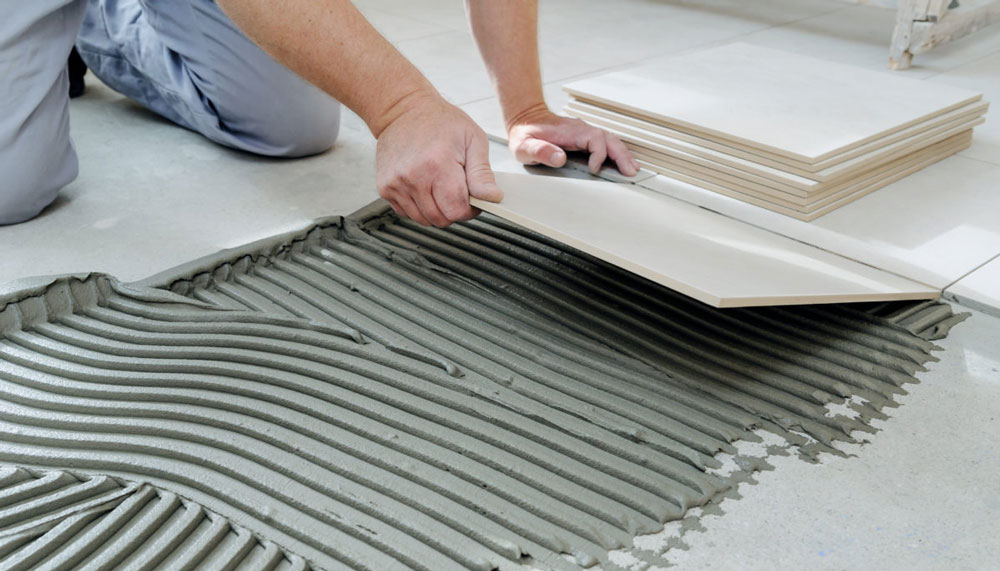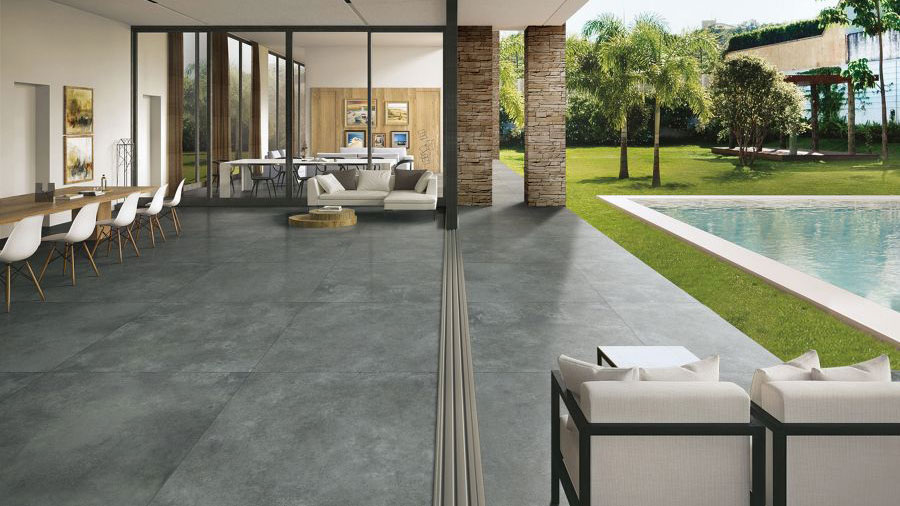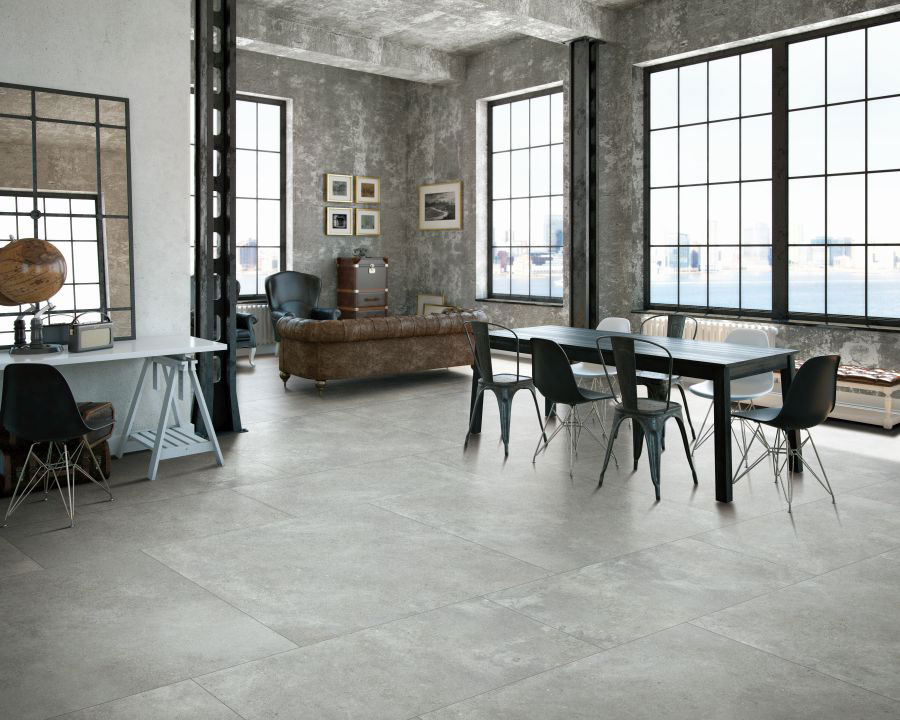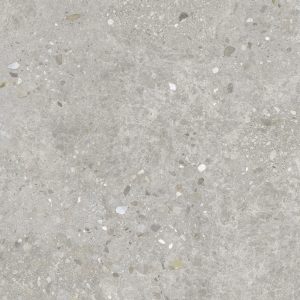Decisions, decisions…
When choosing ceramic or porcelain tiles, one of the first decisions you’ll need to make is whether you prefer rectified or non-rectified tiles. If you’re unfamiliar with the meaning of “rectified” and “non-rectified” let us fill you in.
Rectified tiles have a perpendicular cut and polished edges. They are often cut down from larger tiles by the manufacturer, this allows the tile edges to fit symmetrically, tightly and cleanly together creating an aesthetic uniformity and means you won’t see any grout between the tiles. Grout lines are extremely fine around 3mm or less and often disappear when looking at the space. The floor will look like one large tiled space rather than seeing breaks between the tiles.
Non-rectified tiles, also known as molded tiles or pressed tiles are pressed into a standard sized mold and therefore reflect the curved edges of the mold once fired. Due to this, more grout is visible between the tiles, offering a more obvious break between each tile. This will mean the non-rectified tiles show more grout in their installation but can be useful when used on uneven surfaces as the curve disguises the movement underneath.

Are rectified tiles better?
To put it simply, one option isn’t necessarily better than the other, it comes down to your personal preference. Whilst rectified tiles can look more modern with their clean refined and polished aesthetic, non-rectified tiles offer charm, creativity and difference. For example, concrete look tiles deliver an exceptional aesthetic with a thinner grout line whereas our range of subway tiles use the grout lines to create patterns, offering a classic charm to the room.
Browse our range of rectified and non-rectified tiles to find out which one you prefer.
Installing rectified tiles
When it comes to installing tiles, it’s always best to contact a professional tile installer. Rectified and non-rectified tiles require different installation processes therefore it’s important to ensure the installer is informed on the style you’re choosing and has the knowledge to achieve what you’re striving for. There’s nothing worse than investing in high quality tiles only for them to be neglected during the installation.


Need assistance?
If you’re still unsure of the difference between rectified and non-rectified tiles, we’re here to help. Contact our team today with any questions you may have regarding rectified tiles or tiling in general! Our goal is to make the tile selection process as easy as possible.
View our range of tiles
Dawn Mid Grey Matt
Dawn Light Grey Matt
Dawn Ivory Matt
Dawn Dark Grey Matt
Calacatta Gold Matt
Gloss Black Subway 100×300
Matt Black Subway 100×300
- Sale!
Garda Torbole GRIP 600×1200
Original price was: $110.00.$50.00Current price is: $50.00.25 in stock









